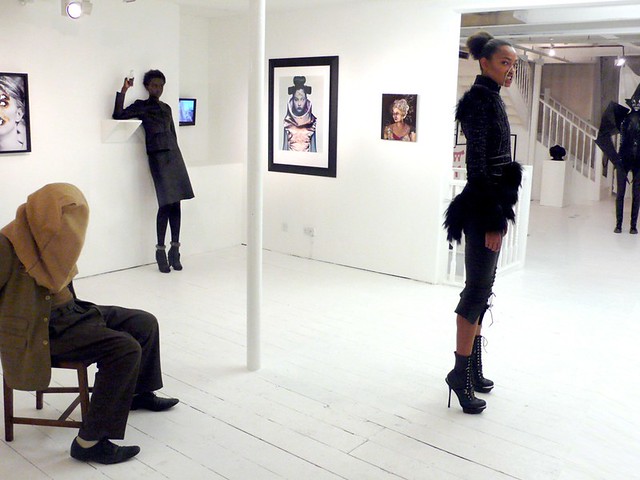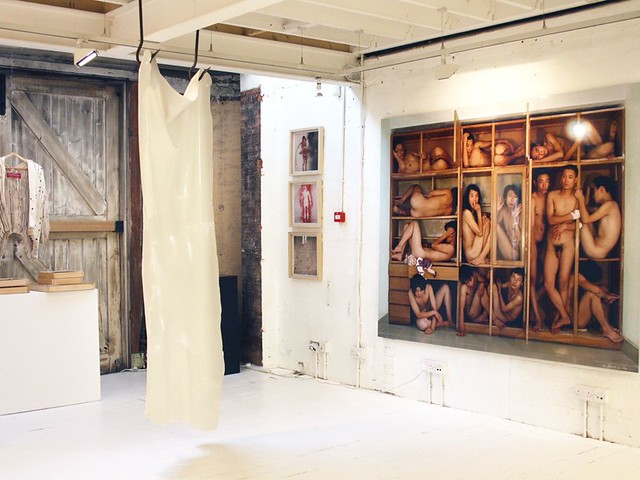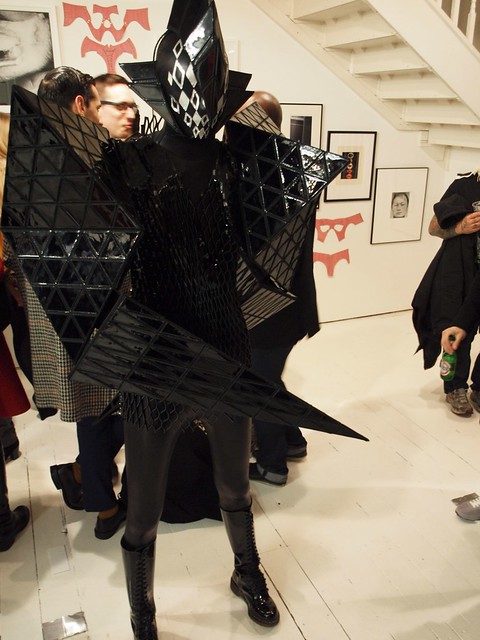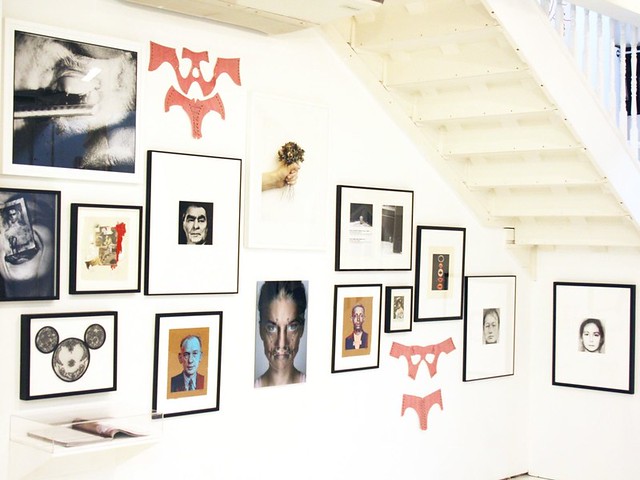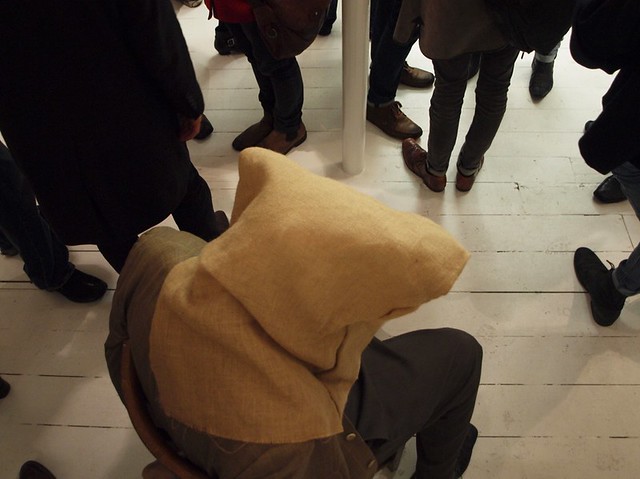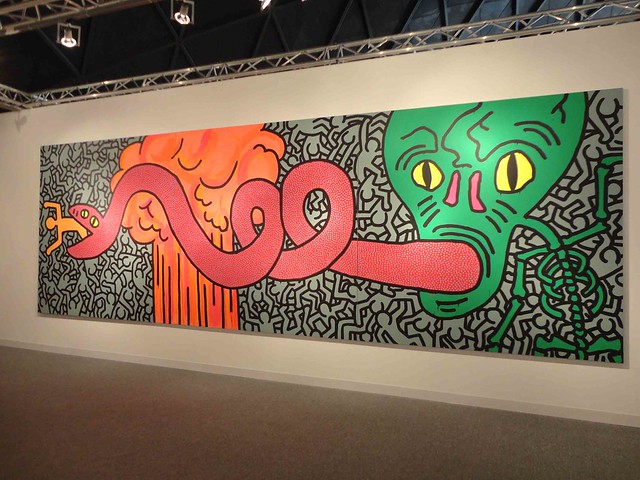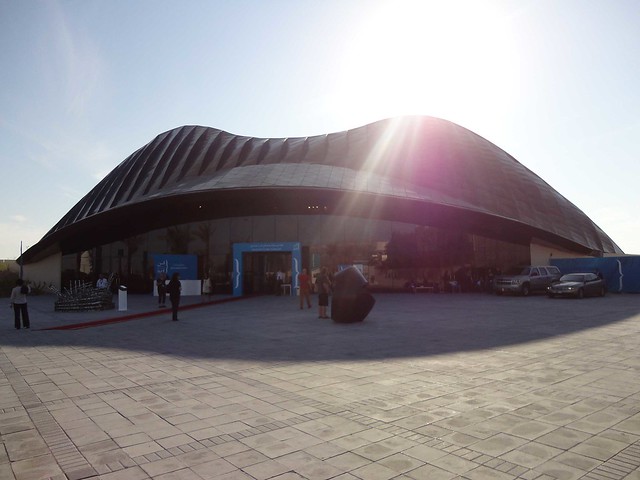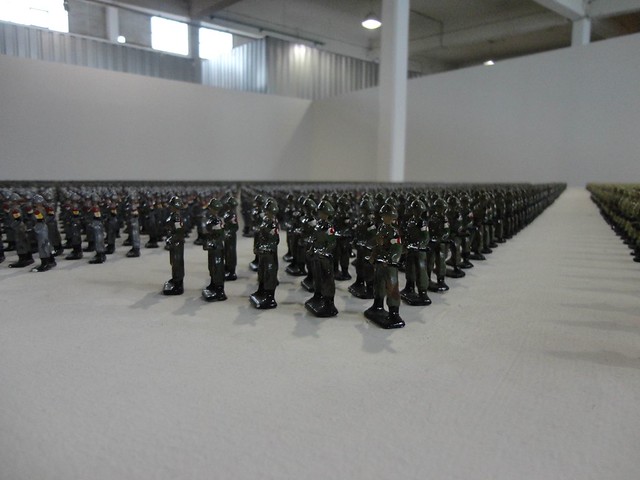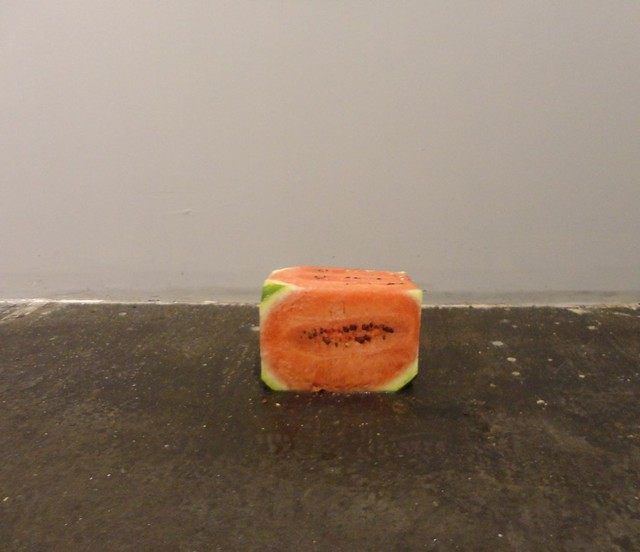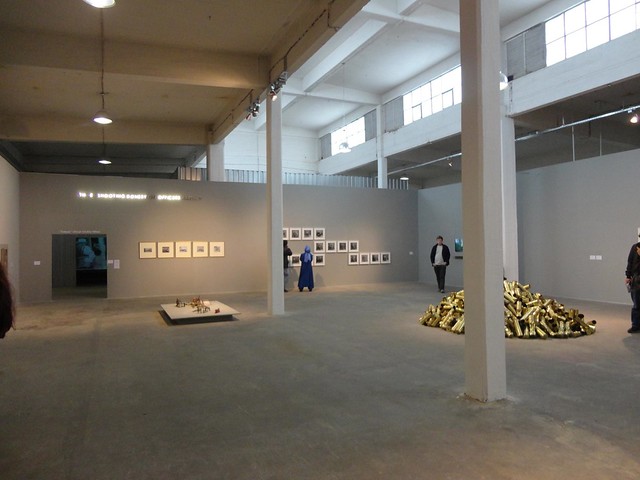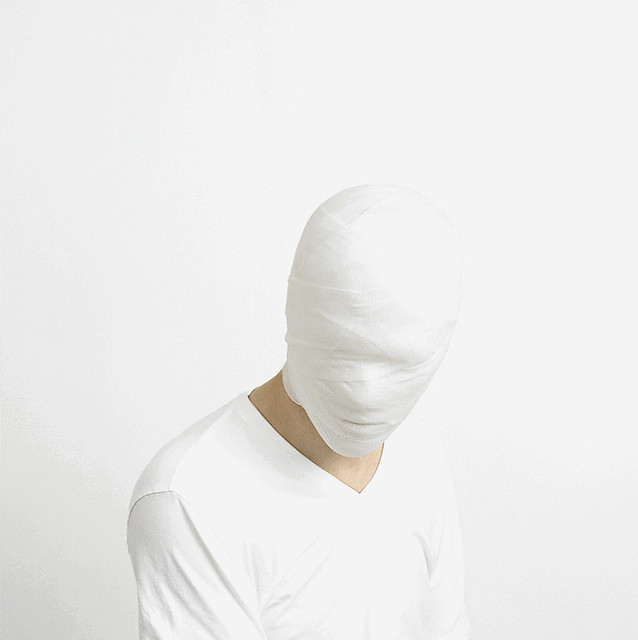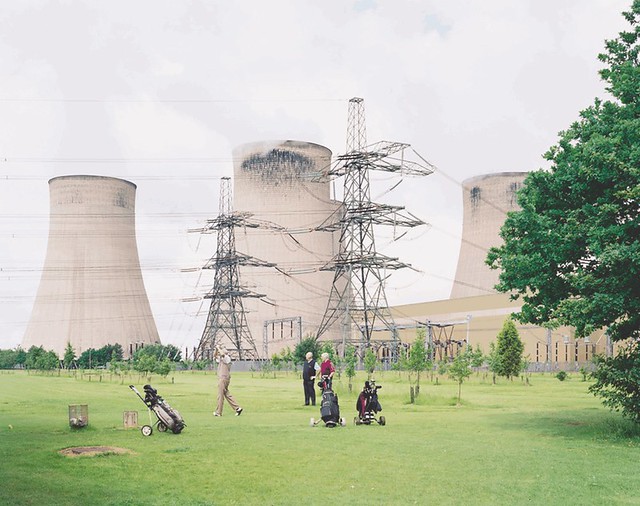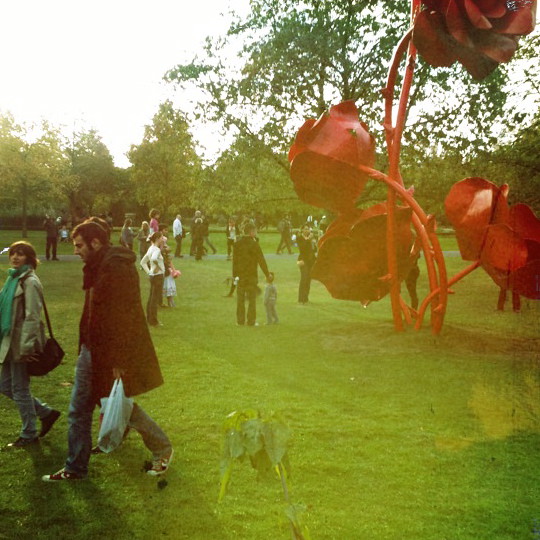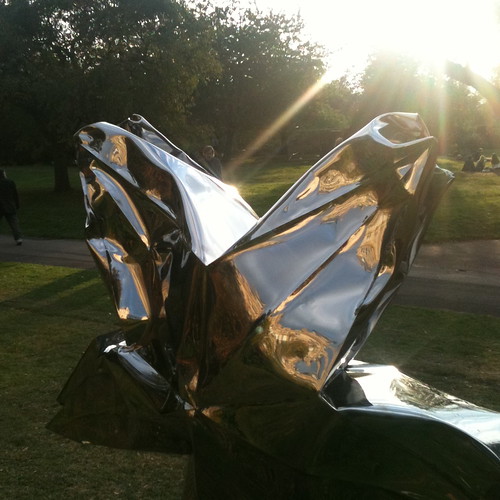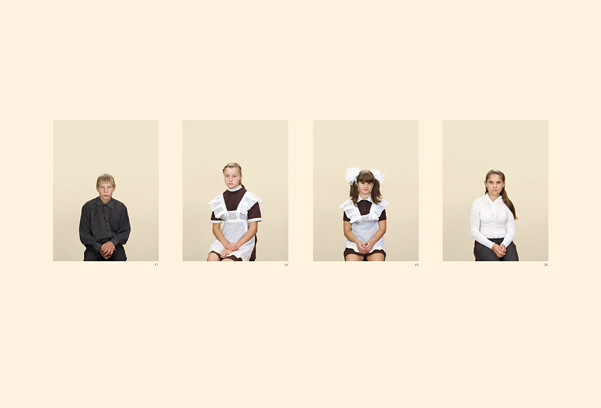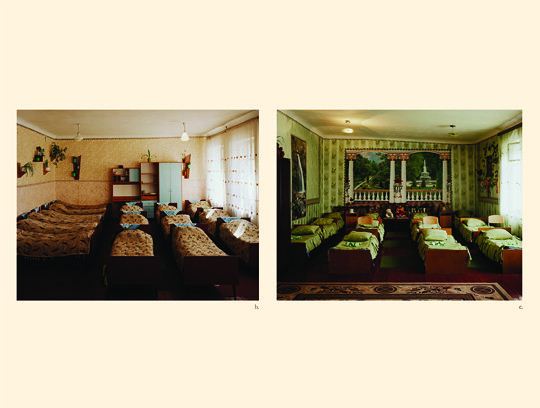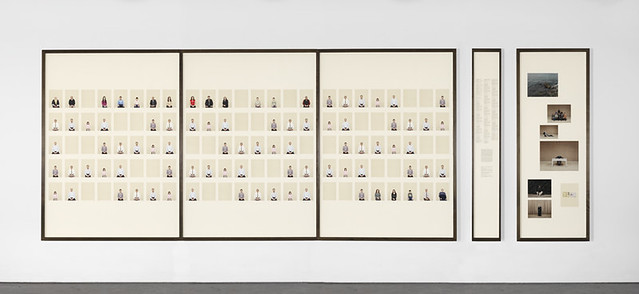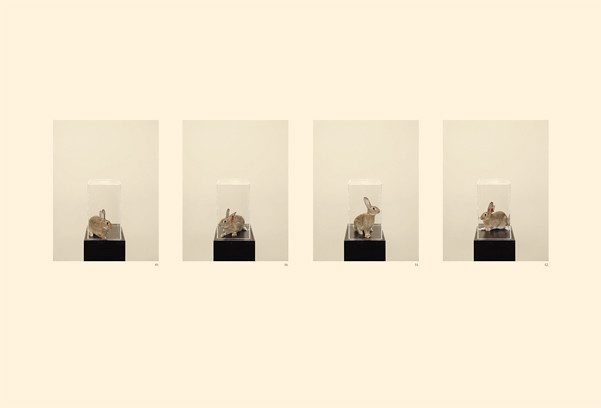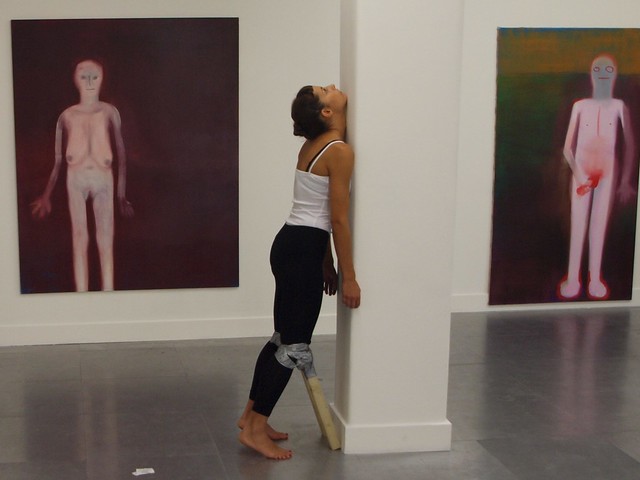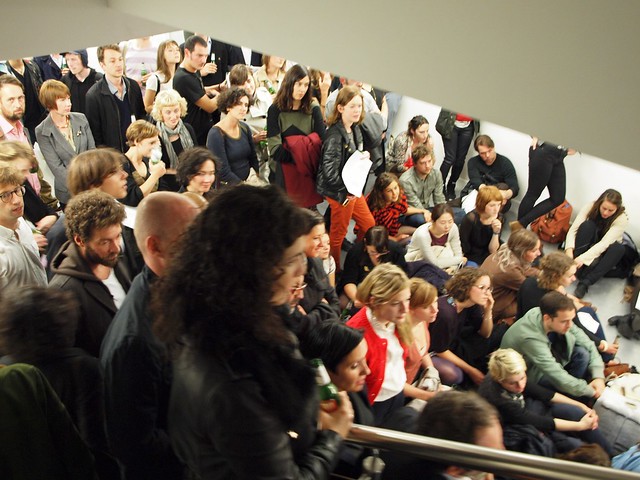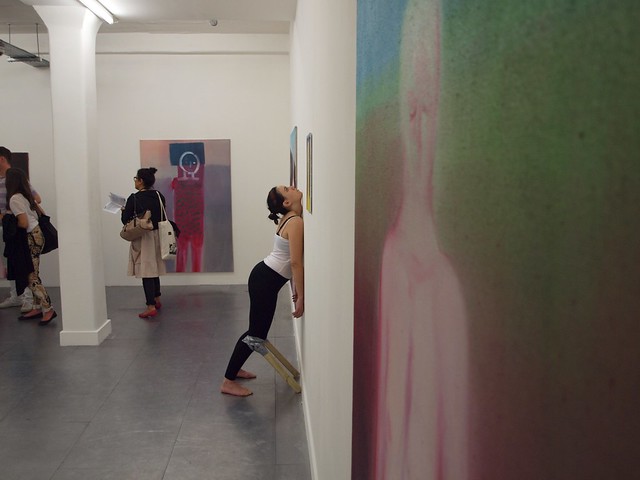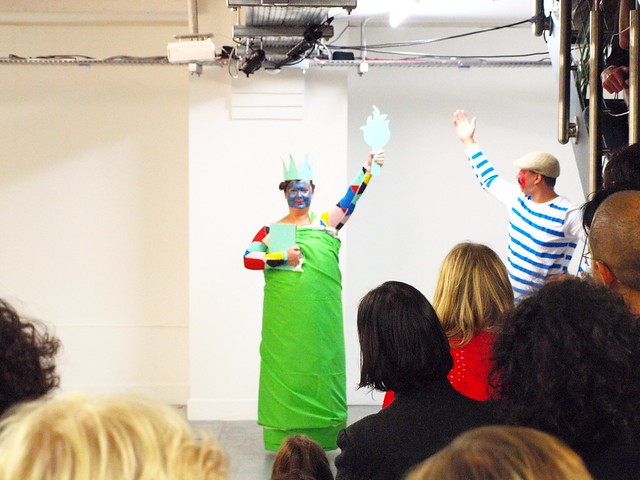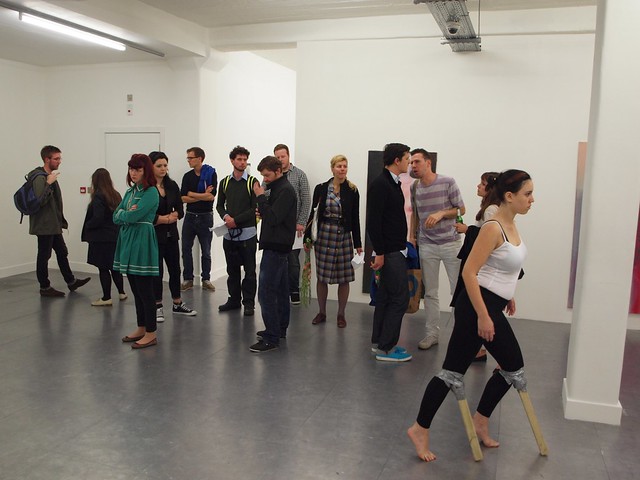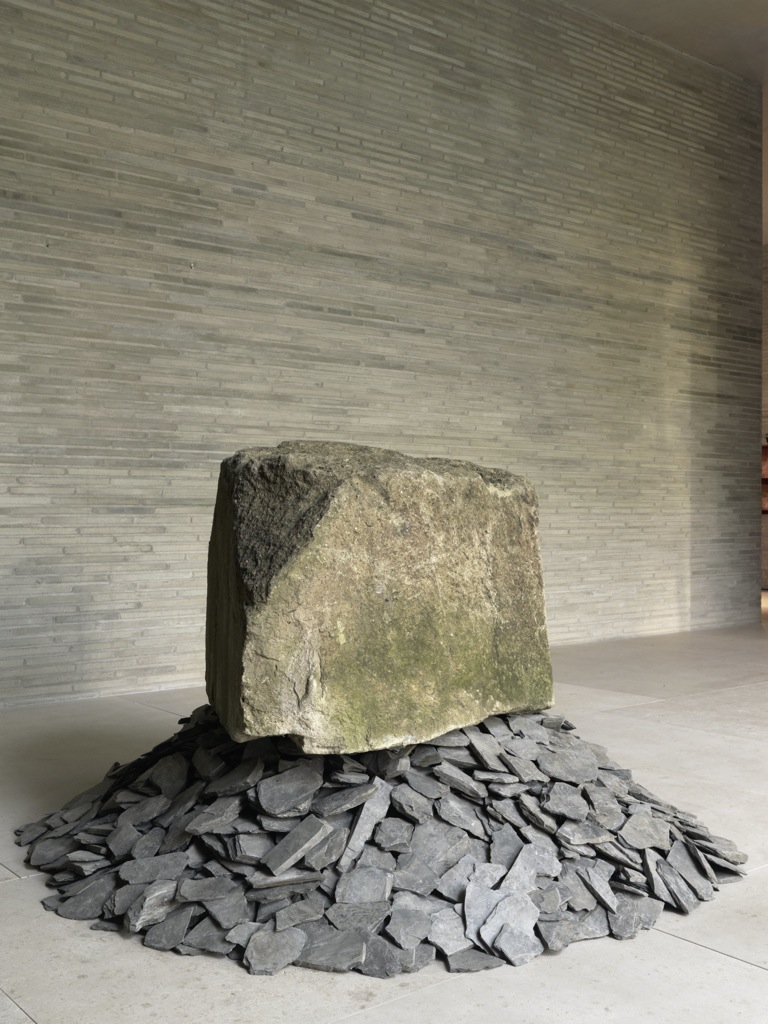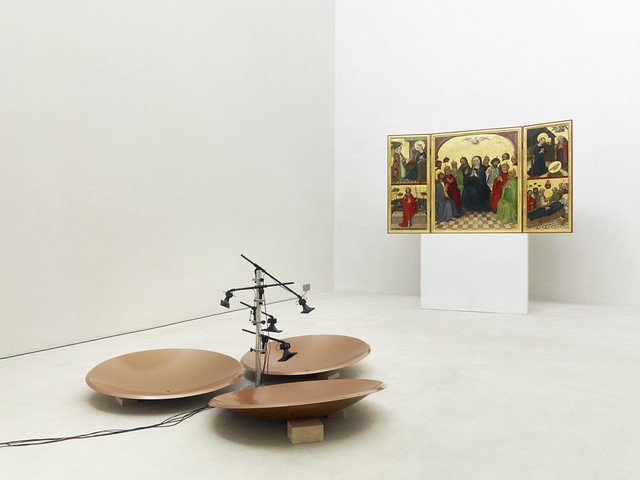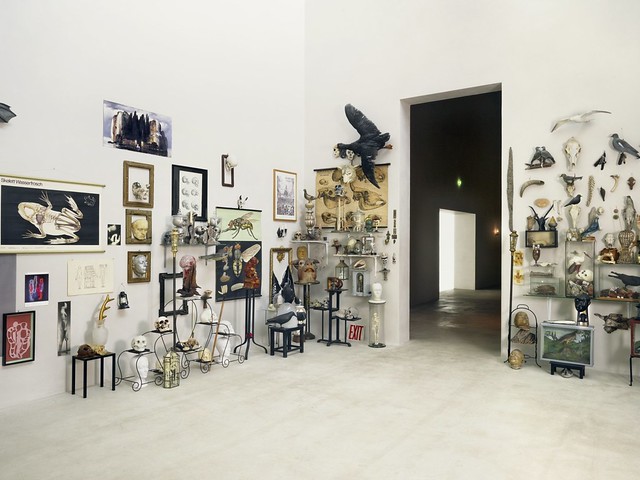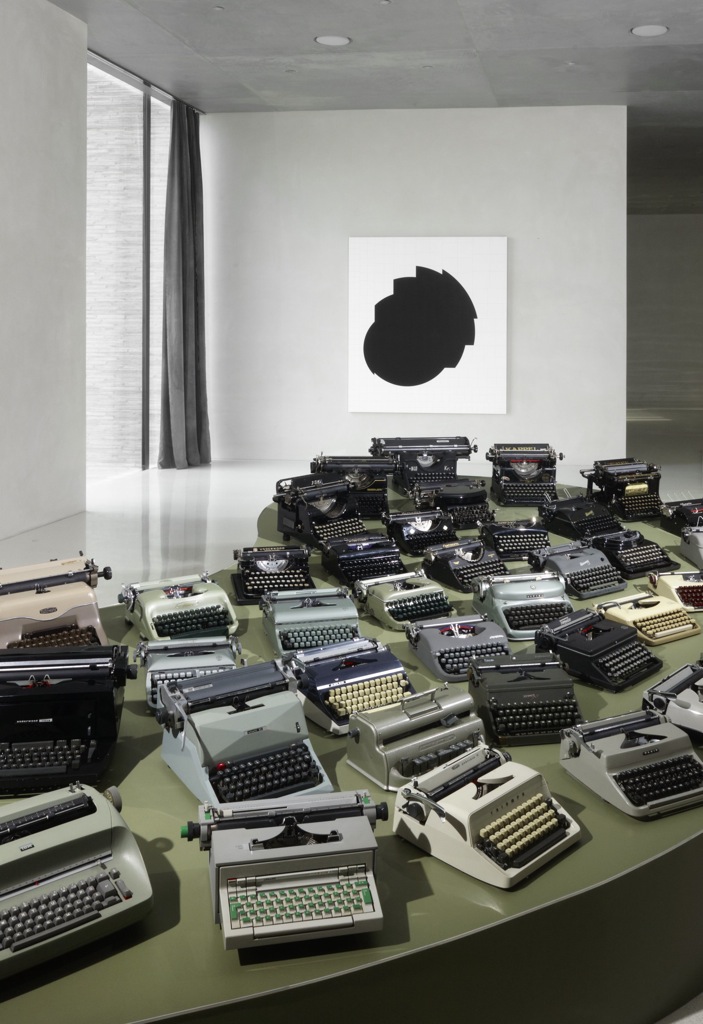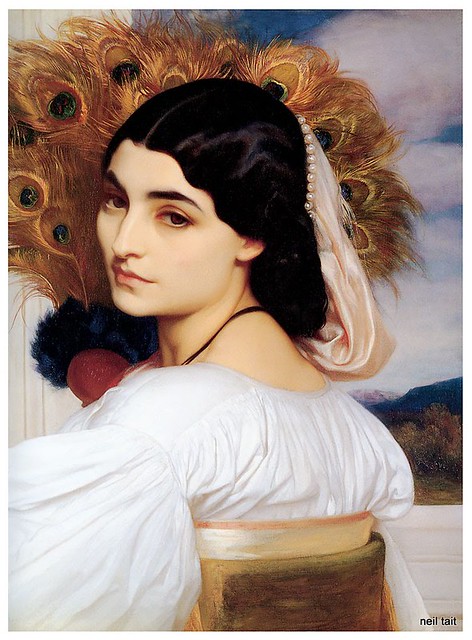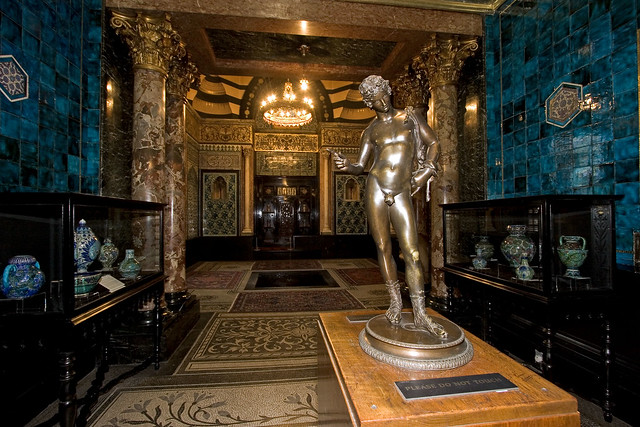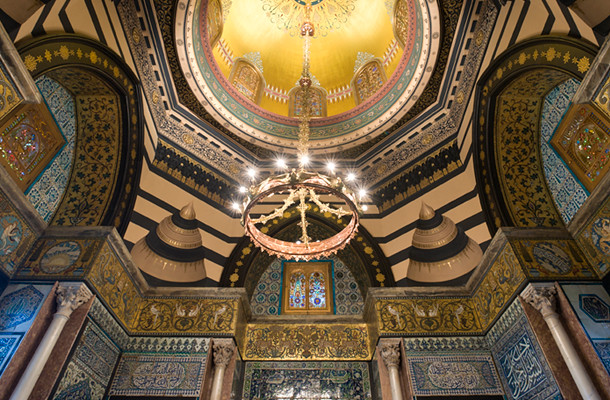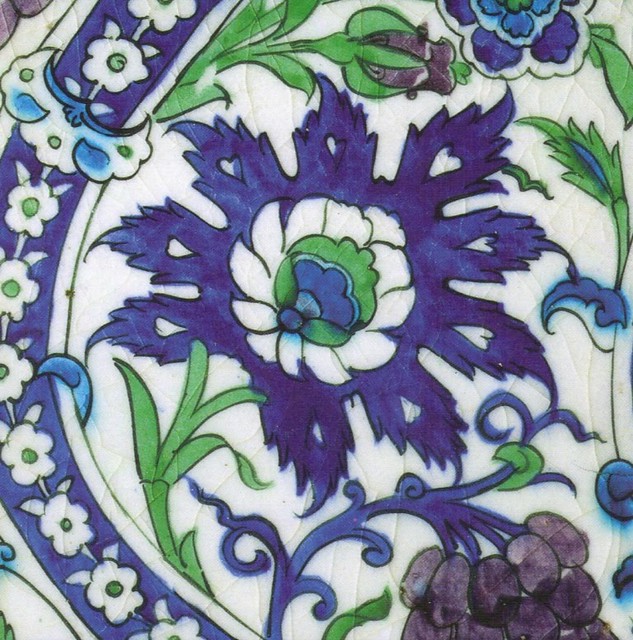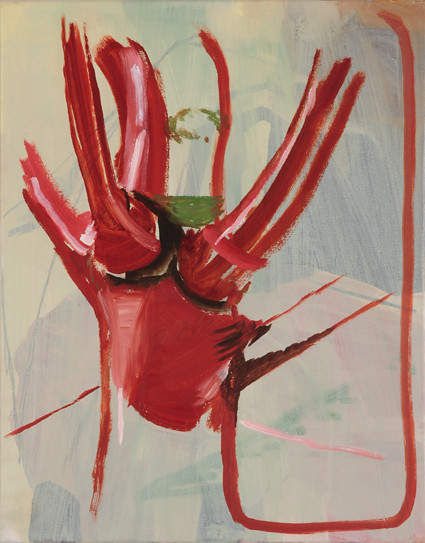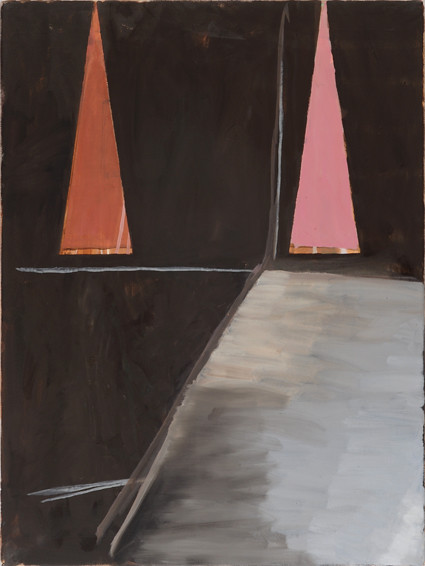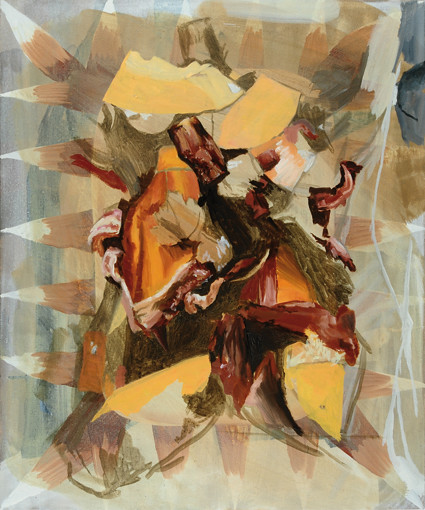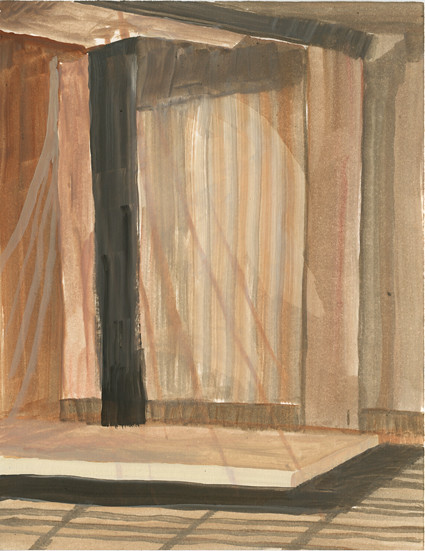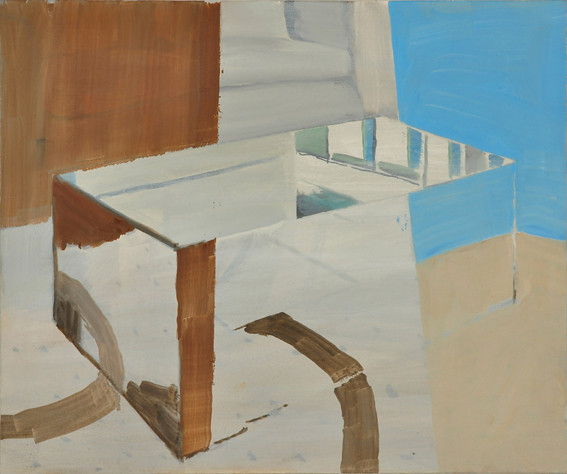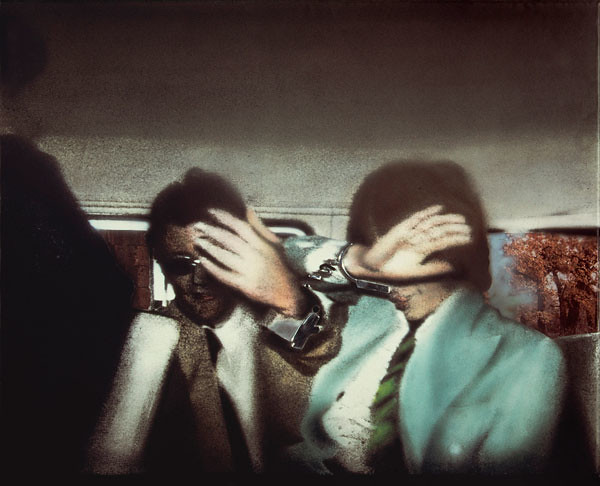JUST WHAT IS IT THAT MAKES TODAY’S HOMES SO DIFFERENT, SO APPEALING? 1956
SWINGEING LONDON 67, 1967-68
The British artist Richard Hamilton, who died last week aged 89, was destined to go down in the annals of art history as the “father of Pop Art.” It was an epithet that he wore lightly, once claiming in an interview that: “I don't think I'm particularly proud of it but I am willing to accept that I do feel some responsibility” for this revolutionary aesthetic shift towards the popular, transient, expendable, mass produced, young, witty, sexy, gimmicky, glamorous and big business.
His most famous image - Just What Is It that Makes Today's Homes So Different, So Appealing? - was produced in 1956, as post-war Britain entered a boom era of mass production and consumption on a scale previously unseen. It is a dense and urgent homage to consumerism, sex, modern aspirations and classic glamour, which does not so much blend high and low, new and old cultural forms, as pile them on top of one-another, slap-dash, to effect a jarring, iconoclastic disintegration of cultural hierarchies. Hamilton, like his long-time friend and mentor Duchamp, was concerned with asking the big questions about art (sometimes seriously, reflexively; at other times sardonically, with an irreverent wink). What is it? Where is it? Who is the artist? Who decides? All are questions that continue to inform and motivate art production and criticism today.
